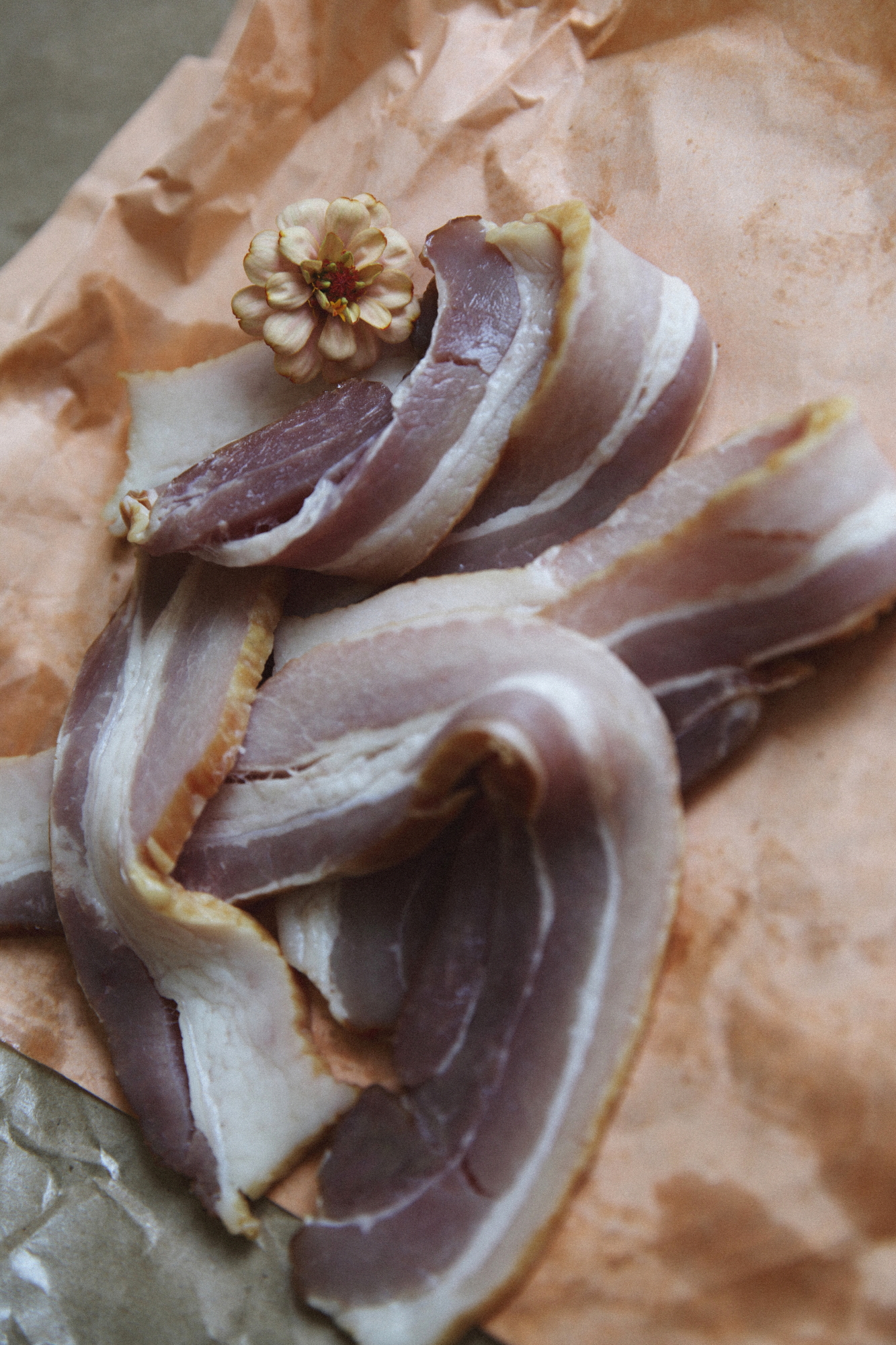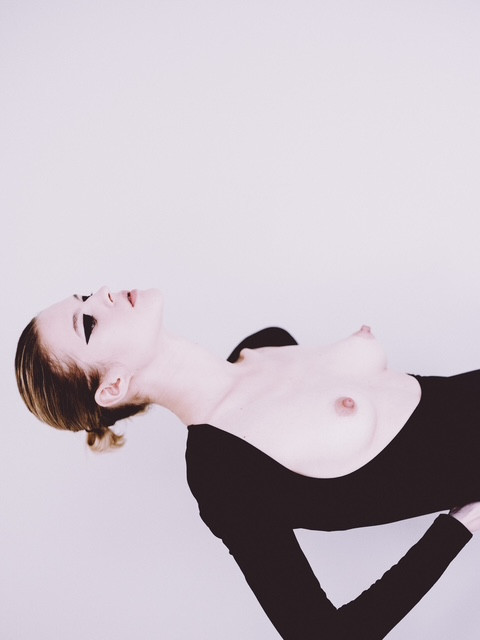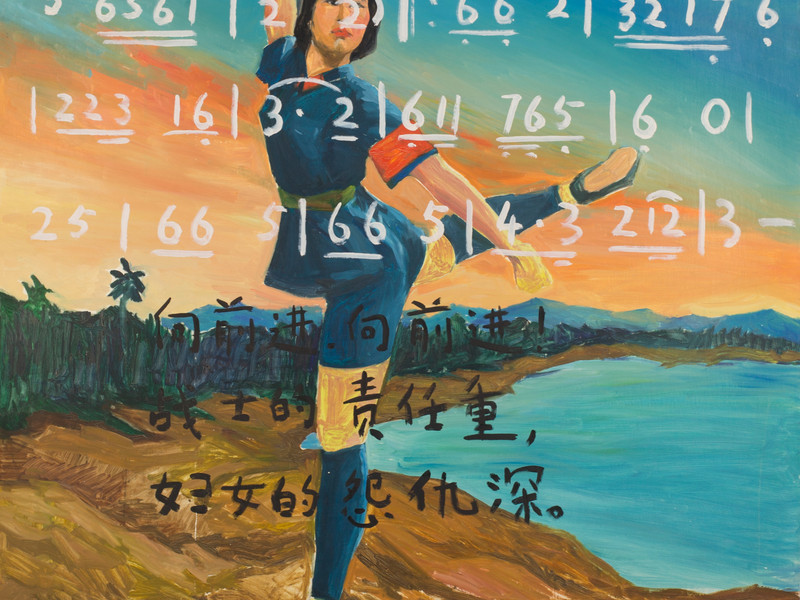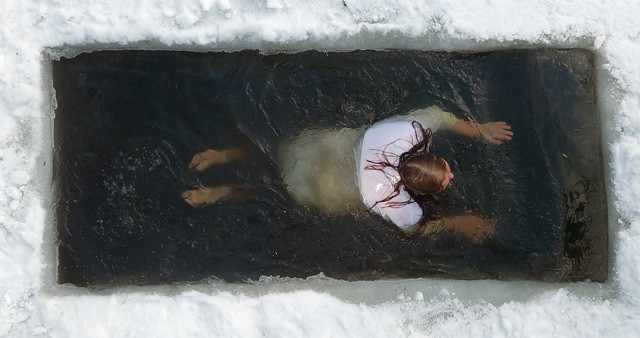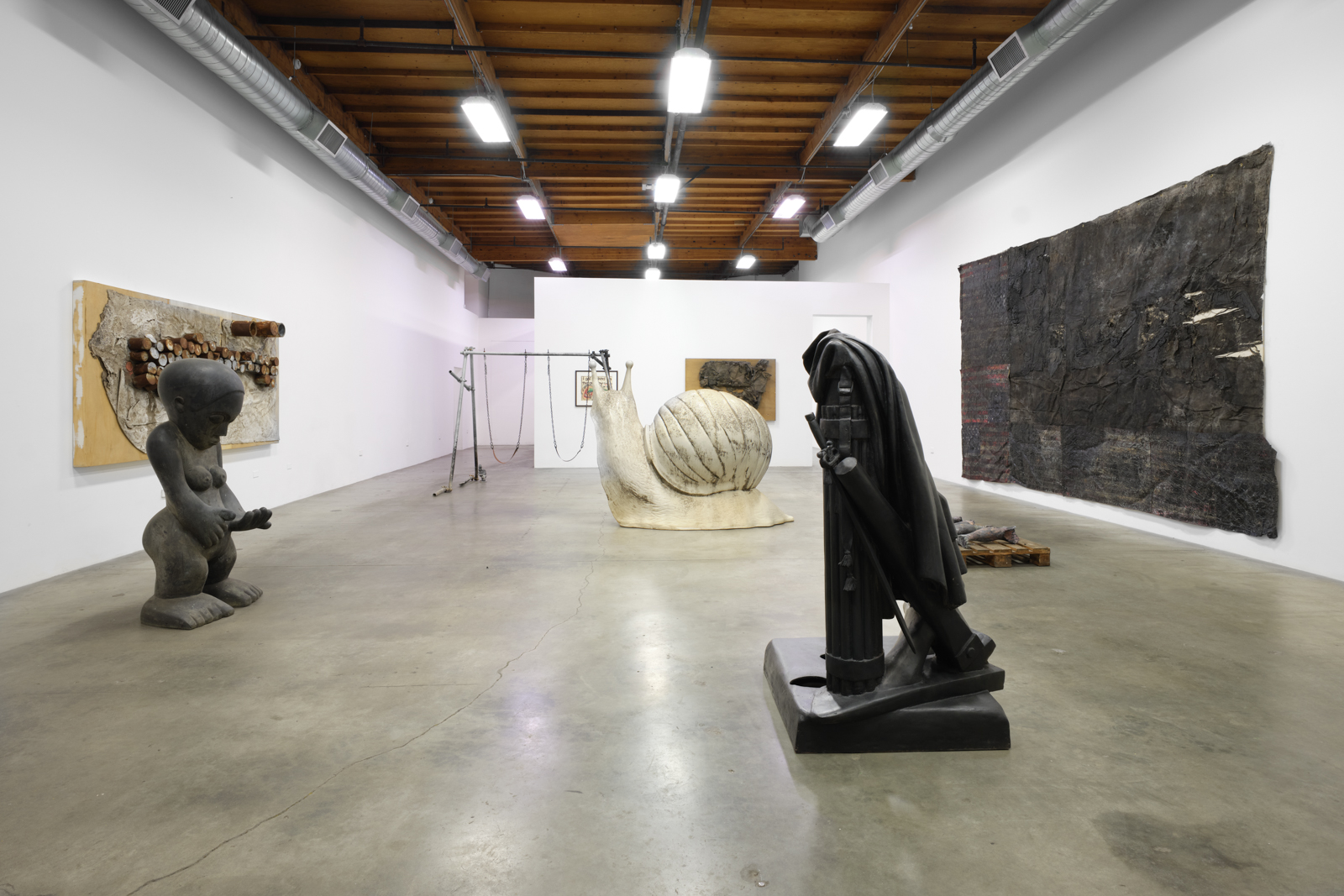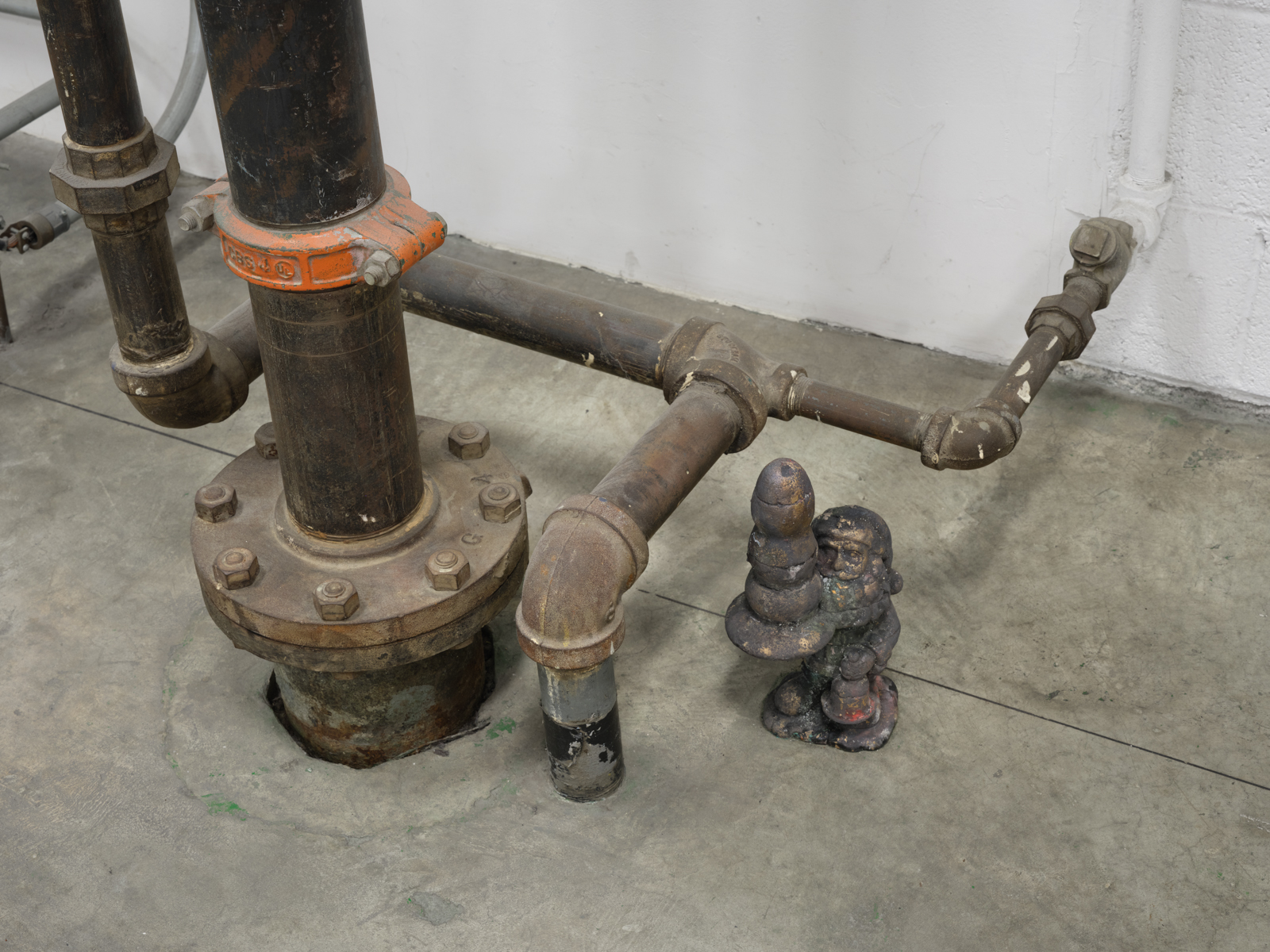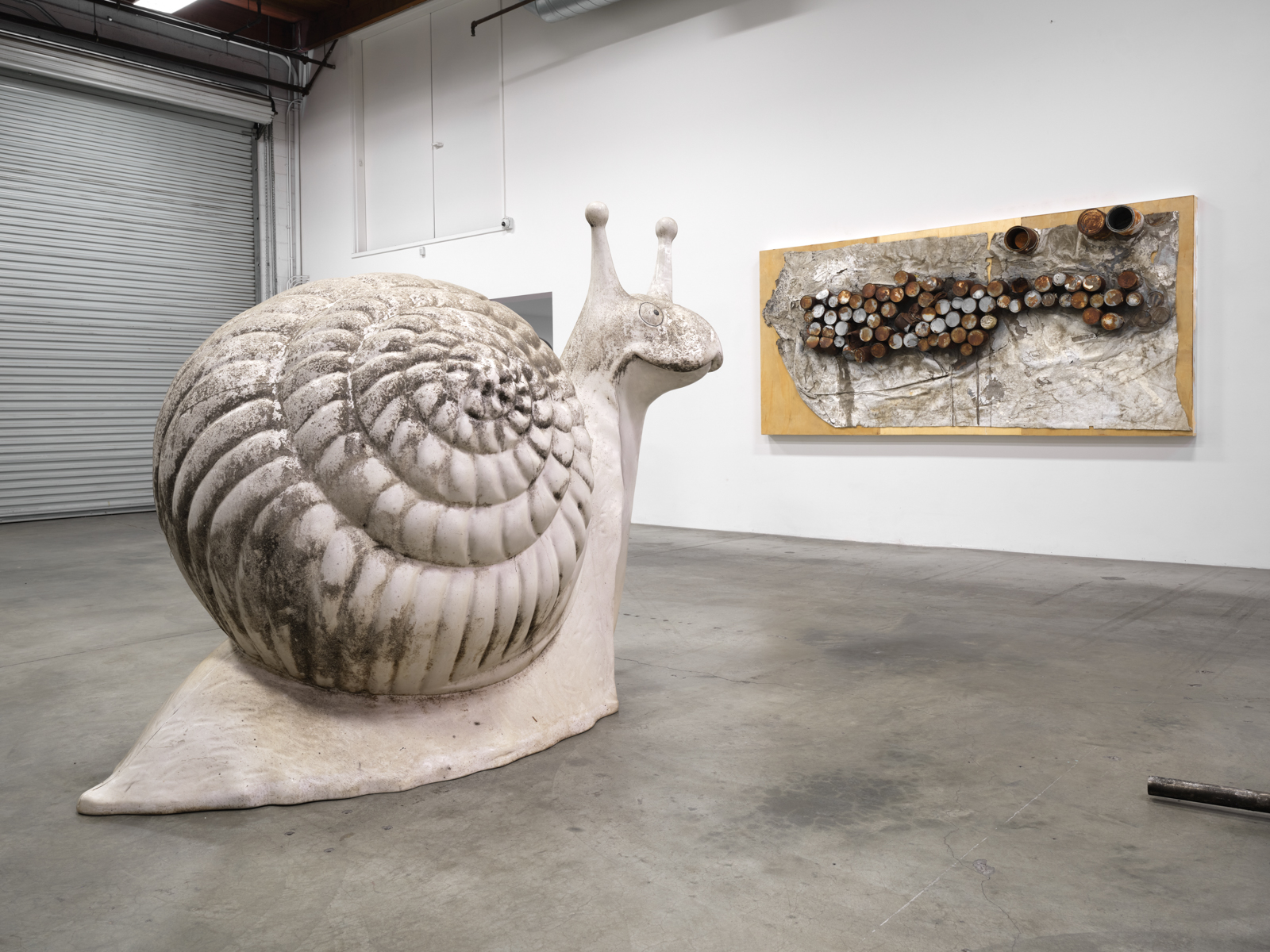From Eggs to Apples

office talked with Pola about her newfound love (her garden), the fountain of youth and Latin class.
I love the show. How did it start?
I’ve always been interested in the female form, from young to middle to old, and from the viewpoint of observing nature I like to visualize the different stages of human or female bodies and physicality and sexuality. I live in New York but I have a place in Connecticut and where I am in Connecticut we have a garden, so the cycle of the garden—the fruit and the vegetables, from the moment they grow and then when you pick them, sometimes they get old and rotten—I just observed these things and it naturally made me think about how I can put together the idea of the body, physicality and the idea of consumption, and the actual elements of nature—vegetables, fruits.
We also have chickens, and that’s how the whole idea of eggs came in. The show is called ‘Eggs to Apples.’ I’ve never had chickens before in my life—I was raised in the city, I was born and raised in Poland, and I’ve always been in a city, so the presence of nature and a garden wasn’t always a part of my life. The garden here came totally naturally for me, but then having chickens and eggs, I just thought it was so beautiful, the egg itself even. So, when I was preparing for that show, I knew what I wanted to talk about, so starting with an egg kind of shaped the whole concept. It’s purity, the beginning, an innocence all in this very simple form—and it just progressed from this. Or say a tomato, how it grows and then rots and wrinkles. And I have a few muses who are older, and I was looking at their skin and it just sort of came together.
So, it’s about the process of life, about birth and aging. When I see the egg I’m reminded of fertility—it’s a symbol.
Absolutely. And I know the phrase ‘from eggs to apples’ from Latin class, and I thought, 'Yes, this is what I want to do.' ‘Ab ovo usque ad mala’ which refers to beginning to the end, opening to closing. It’s from Horace. It’s about the feasts they have, they begin with an egg and end the meal with an apple, it’s similar to ‘soup to nuts’ in English.


Do you feel like there’s an element of death, since that’s the final stage?
So, my second phrase was ‘A Dream of Negligible Senescence,’ which is a lack of aging in certain organisms, like jelly fish or turtles. So, I was wanting to talk about the idea of how a lot of females—even males—want to stay young forever, even the idea of preservation, how we think beauty belongs to a young body. So, when I’m thinking about the beginning to the end, I’m thinking about how beauty connects this, from the freshest skin, the freshest fruit, and stays beautiful until the moment this thing perishes. There’s this idea of wanting to keep ourselves beautiful and flawless forever, but the flaws are fun and they are beautiful, too, and by exposing the flaws and drawing attention to them, I want to contradict this idea, this dream of not showing any signs of aging.
Especially because it’s women, it reminds me of the idea of the biological clock, or the fountain of the youth, or all the things tied to womanhood and childbirth.
I love this idea of fertility that you mentioned, because it is a lot about fertility—what comes out of the ground. It’s a really nice thought, I didn’t think about it this way. But for me, I take all those things out of context, so the fruit or the body in my work isn’t documentarian, it’s removed from its context. It wasn’t my purpose to photograph a hand that belongs to the whole person, or the tomato which belongs to the plant, but I wanted to take it out and make it into an aesthetic element by making it almost a still life. But I always love the idea of a carnal appetite, as well—the idea of consumption, ripeness and the sexual connotations that go along with that.
It’s a really old, traditional idea—the ripeness of youth.
It’s an idea that’s been there forever and will be there forever for us.


So, your garden in Connecticut was the first you’d ever had?
It was the first garden that I was able to just observe. My grandma had a garden but it was something that I never participated in, it was just there. But also, when I was growing up, the stuff that we ate was whatever was in season, so I remember there weren’t apples until fall, and there were no tomatoes until the tomato time—you had to wait for those things. So, I sensed this idea from a very young age, but I never watched it like I have now. I don’t know if you’ve ever had a garden—have you ever had a garden and were present to it?
My mom was a big gardener and we grew up in the country, but I was like you, I didn’t really participate. Do you get your hands in the dirt now?
A little bit, but I mostly pick stuff and watch it.
Yeah, because it will just grow on its own. Once it gets going, it’ll just go.
It’s so fascinating because it won’t stop! Things want to grow! And even comparing it to life, whatever path you’re on, your career or whatever, you think, ‘Oh, it’s going to stop,’ but things want to come out through life. Sometimes it’s amazing how much the plants keep producing. It just happens when you’re not looking, too, without your participation. But then you pick them and they keep growing, they keep coming back.
It’s magic.
The stuff just wants to come out. You have to put in a little effort, it takes an effort to grow things. But it will keep growing. So, that was just something I wanted to incorporate into my body of work. Also, I like the idea of making still lifes, of taking things out of context.
I love how cheeky they are, too.
I’m definitely a cheeky person. There’s also a pop energy to it. I love expressing sorrow, or joy, or whatever with a certain distance and a sense of humor. They make your imagination wander and then you check yourself, like ‘What the hell am I actually thinking right now?’
All photos courtesy of the artist.
'Eggs to Apples: Dream of Negligible Senescence' will be on view at the Lyman Allyn Museum in New London, Connecticut, through October 28.







